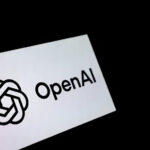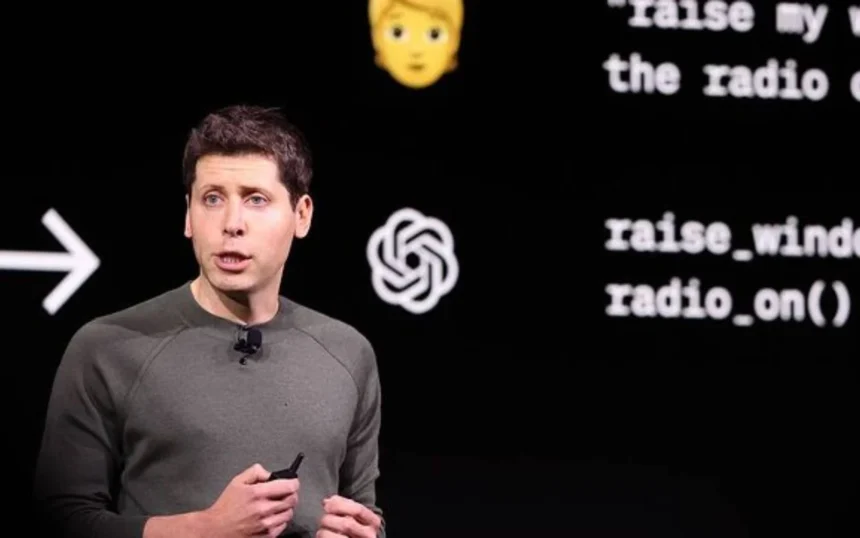OpenAI CEO Sam Altman is increasingly resembling Donald Trump nowadays. He uses X (formerly Twitter) to shake up his user community and announce corporate progress or setbacks regarding ChatGPT. In a complete about-turn, he’s delaying GPT-5. Here are his reasons and the statement.
change of plans: we are going to release o3 and o4-mini after all, probably in a couple of weeks, and then do GPT-5 in a few months.
there are a bunch of reasons for this, but the most exciting one is that we are going to be able to make GPT-5 much better than we originally…
— Sam Altman (@sama) April 4, 2025When will OpenAI release its GPT-5 model for ChatGPT?
“Change of plans: we are going to release o3 and o4-mini after all, probably in a couple of weeks, and then do GPT-5 in a few months,” Sam Altman revealed in his X post.
“There are a bunch of reasons for this, but the most exciting one is that we are going to be able to make GPT-5 much better than we originally thought,” he added.
“We also found it more difficult than we thought it would be to integrate everything seamlessly, and we want to make sure we have enough capacity to support what we expect to be unprecedented demand,” Altman said.
In this way, Sam Altman announces the strategic delay of GPT-5 and previews two new models, as we see, in the coming weeks.
OpenAI is adjusting its roadmap: the O3 and O4-mini versions will launch within weeks, and the release of GPT-5 is postponed for several months.
“We were really able to improve on what we had planned for o3 in many ways, and I think people will be happy,” explained Sam Altman.
Why is GPT-5 delayed?
According to Altman, the move is due to three main reasons: the unexpected complexity of integrating capabilities, the need to scale its infrastructure to support “unprecedented” demand, and, above all, the matter of significantly improving GPT-5.
OpenAI has chosen to prioritise the release of two pre-release models, which will likely serve as optimized and scalable versions of the current architecture.
This decision not only allows for time to refine GPT-5, but also allows for distributing the training and deployment burden, and for testing features in controlled phases.
This isn’t the first time the company led by Altman has reconfigured its schedule. Its iterative strategy, closer to software as a service than to traditional product cycles, allows it to respond quickly to the actual performance of its models and the competitive environment.
These adjustments could also be linked to the push for SearchGPT, the new generative AI search engine the company is developing and with which it hopes to compete directly with Google.
How O3, O4-mini and GPT-5 will work
Although official technical details about O3 and O4-mini have not yet been revealed, their names suggest that these are models trained on architectures intermediate between GPT-4 and the future GPT-5. They are expected to include improvements in efficiency, inference cost, and multimodal versatility, anticipating some features of the final model.
GPT-5, for its part, is shaping up to be a substantial leap forward compared to its predecessor. Altman has hinted that it will exceed OpenAI’s initial expectations, which could imply significant advances in reasoning, task autonomy, or integration with external tools.
The delay, therefore, is due to an explicit desire to consolidate a truly differential model and not just an evolutionary one.
In a context of this intense competition for generative AI development, where competition between OpenAI, Google DeepMind, Anthropic, and DeepSeek are releasing updates almost monthly, this calculated pause could have a multiplier effect in the medium term.





